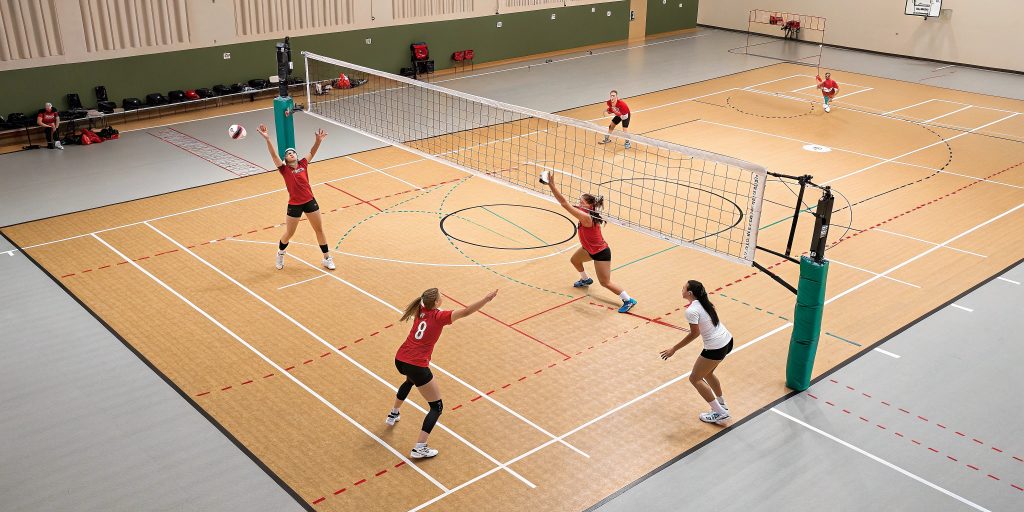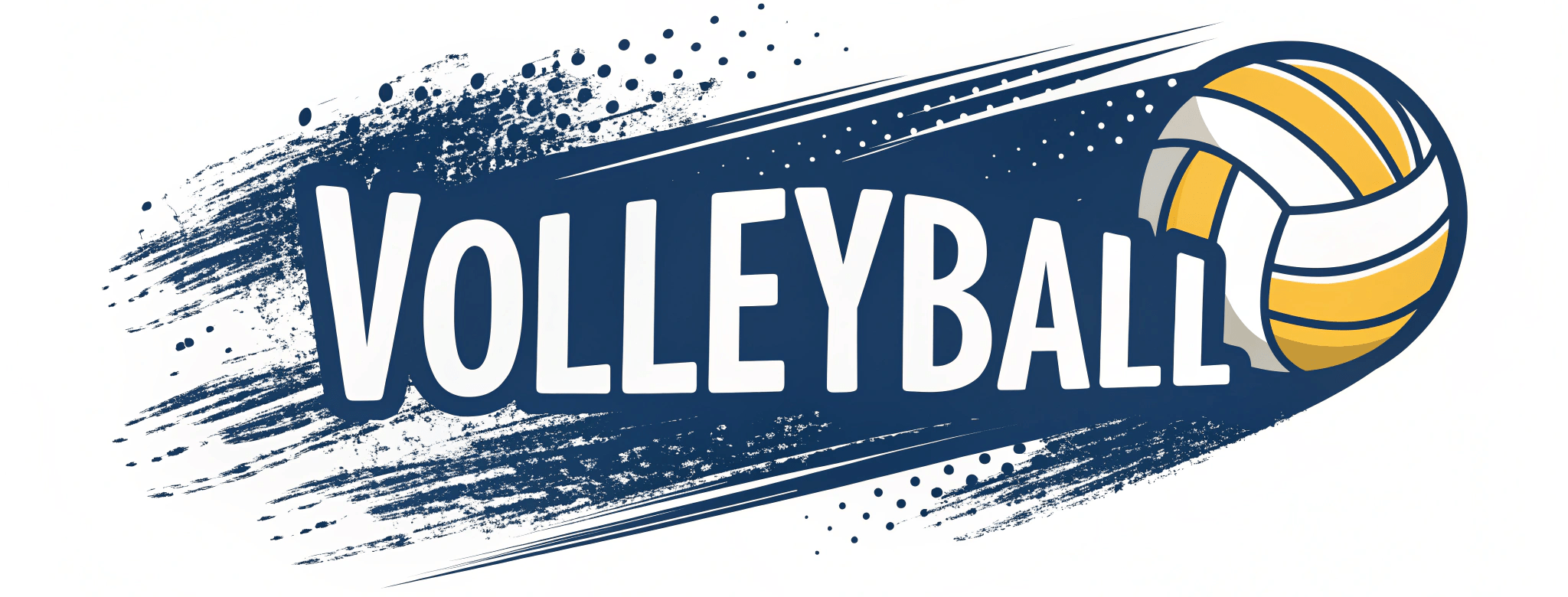The Importance of Tactics and Strategies in Volleyball
Volleyball is a dynamic sport that requires not only physical ability but also strategic thinking. Teams that implement effective tactics and strategies can outmaneuver their opponents, maximize scoring opportunities, and improve defensive stability. Understanding formations, offensive systems, and defensive approaches is essential for teams aiming to compete at the highest level.
Offensive Strategies in Volleyball
Offensive strategies in volleyball focus on maximizing the effectiveness of attacks while maintaining efficient ball distribution. Teams must utilize various offensive plays to break through the opposing defense.
Common Offensive Formations
| Formation | Description | Best Used Against |
|---|---|---|
| 5-1 | One setter and five attackers; setter controls offense | Balanced teams with strong blockers |
| 4-2 | Two setters, two outside hitters, and two middle blockers | Beginner teams or youth leagues |
| 6-2 | Two setters who rotate into hitting positions; strong offensive setup | Teams with solid attackers and setters |

Key Offensive Plays
- Quick Set Attack – A fast-paced set to the middle hitter, designed to surprise the opponent’s blockers.
- Back Row Attack – The setter delivers the ball to a back-row hitter who attacks from behind the 3-meter line.
- Slide Attack – A middle blocker moves laterally behind the setter to hit from the right side.
- Combination Plays – Multiple hitters run overlapping attack routes to confuse defenders.
Defensive Strategies in Volleyball
Defensive strategies are crucial for preventing the opposing team from scoring. Effective defenses rely on player positioning, anticipation, and blocking techniques.
Defensive Formations
| Formation | Description | Best Used Against |
| Man-to-Man Blocking | Each blocker is assigned an opposing hitter | Teams with dominant attackers |
| Zone Defense | Players cover specific areas rather than individuals | Teams with unpredictable attacks |
| Rotation Defense | Back-row players shift positions based on opponent’s attack | Teams with strong middle hitters |
Blocking Strategies
- Single Block – One player attempts to block an opposing hitter, usually against quick attacks.
- Double Block – Two players coordinate to block, commonly used against outside hitters.
- Triple Block – Three blockers align at the net to counter powerful spikes, often against elite attackers.

Serve Strategies in Volleyball
Serving is a key aspect of volleyball, setting the tone for each rally. A strong serve can disrupt the opposing team’s offensive setup.
Types of Serves
- Float Serve – A serve with minimal spin that moves unpredictably.
- Jump Serve – A powerful serve with topspin, making it difficult to pass.
- Short Serve – A serve that lands just past the net to catch defenders off guard.
- Deep Serve – A serve aimed at the backcourt to push receivers out of position.
Serving Tactics
| Tactic | Purpose |
| Targeting Weak Passers | Forces errors from less skilled receivers |
| Serving to Corners | Reduces offensive options for the opponent |
| Alternating Serves | Keeps the defense guessing by mixing short and deep serves |
Transition Play: Offense to Defense and Vice Versa
A team’s ability to transition smoothly between offense and defense is essential. Quick decision-making and coordinated movement are required for success.
- Defensive Transition to Attack – After a block or dig, setters must quickly distribute the ball to attackers for a counterattack.
- Offensive Transition to Defense – After an unsuccessful attack, players must reposition to block and defend against a counterplay.
Mental and Psychological Strategies
In high-level volleyball, mental toughness and psychological preparation can be just as important as physical skills. Teams must develop strong communication, adaptability, and resilience.

Psychological Aspects of the Game
- Pre-game Preparation – Visualization and focus exercises to enhance performance.
- On-court Communication – Constant talking to ensure players know their responsibilities.
- Momentum Management – Recognizing when to call timeouts to disrupt the opponent’s rhythm.
- Handling Pressure – Staying composed in crucial moments, such as set points and tie-breakers.
The Role of Coaching in Tactical Execution
Coaches play a vital role in developing and implementing strategies. They analyze opponents, adjust formations, and make real-time decisions to optimize performance. Effective coaching ensures that teams remain adaptable and prepared for various match scenarios.
Conclusion
Mastering volleyball tactics and strategies is essential for teams aiming to compete at a high level. Whether focusing on offensive formations, defensive positioning, serving tactics, or mental preparation, a well-rounded approach is key to success. By continuously refining strategies and adapting to different opponents, teams can maximize their potential and achieve victory on the court.
